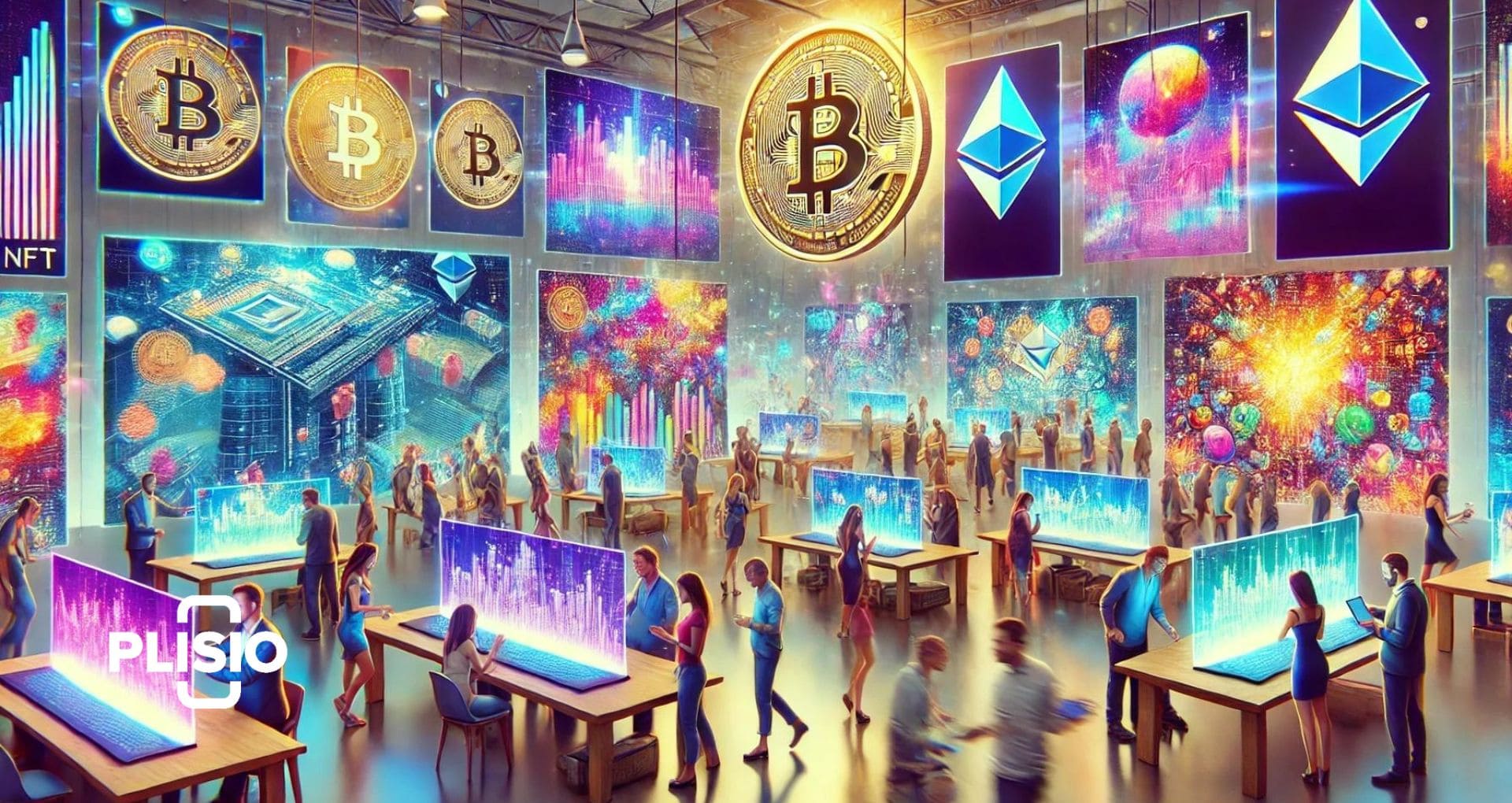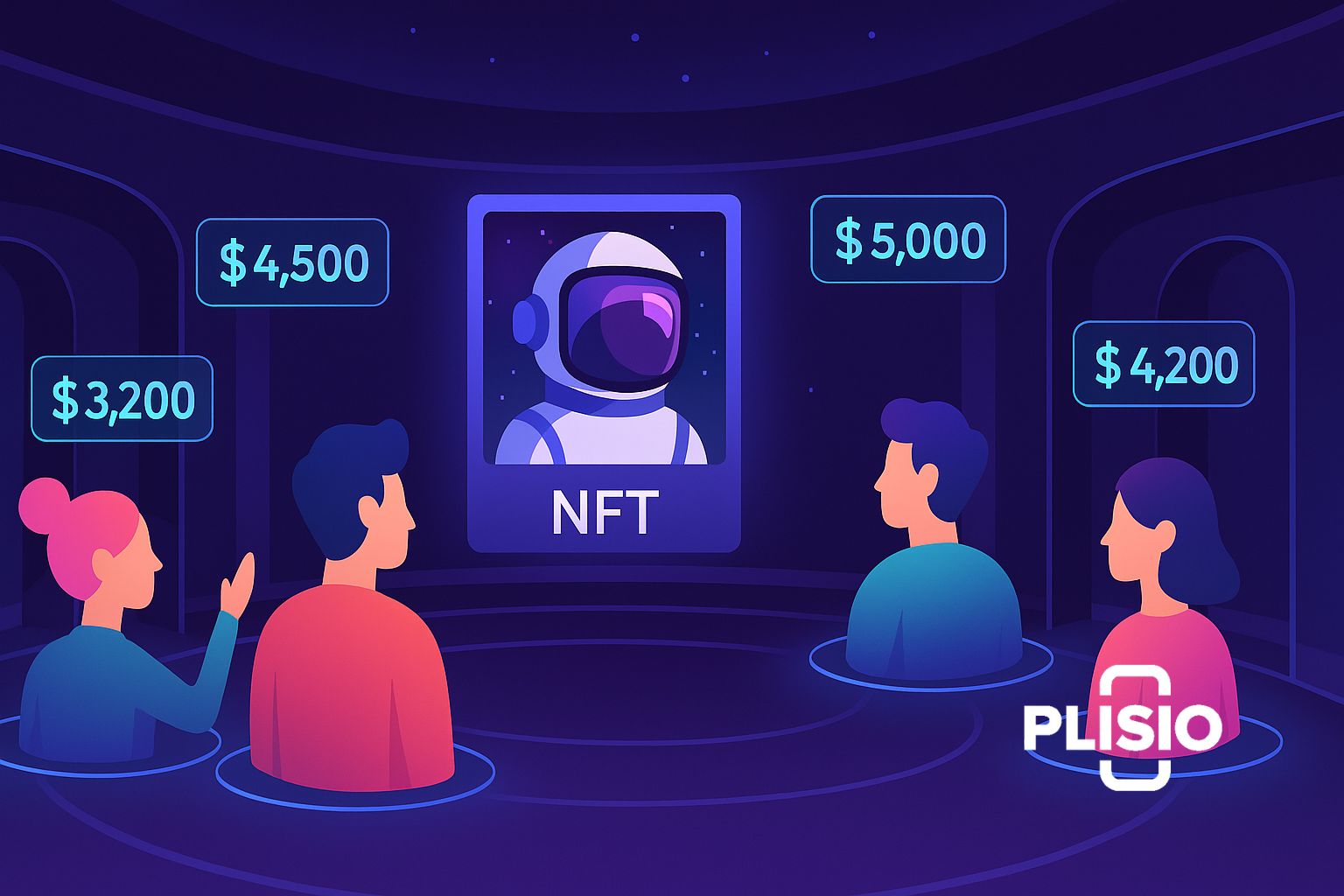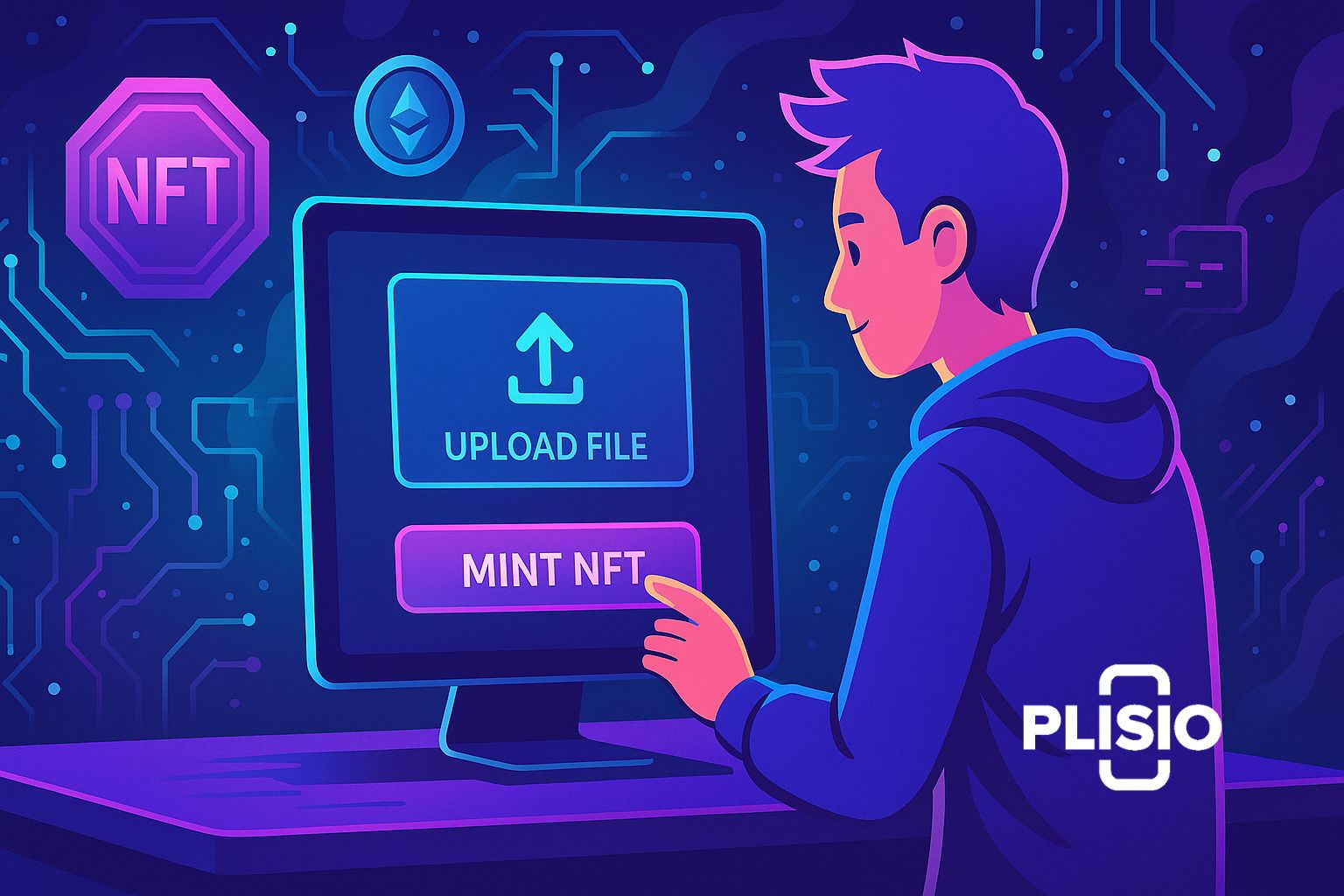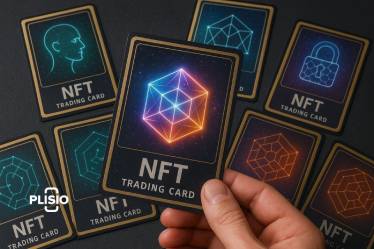A Complete Guide to NFT Marketplaces and Sales: How to Sell NFT

Artists, creators, and collectors can now mint, purchase, and sell NFTs like never before thanks to the NFT market, which has completely changed digital ownership. Knowing how to sell an NFT is essential to succeeding in the blockchain-powered world of digital assets, regardless of whether you are the NFT's creator or a collector hoping to resell.
An NFT: What Is It?
A distinct digital asset listed on the blockchain is called a non-fungible token (NFT). It stands for the ownership of digital content, including music, videos, and artwork. Since each NFT is unique, they differ from cryptocurrencies like ETH or Bitcoin. Verifiable ownership and provenance are provided by these digital tokens, which is particularly helpful in the fields of media, gaming, and art.
First Things First: Create Your Wallet
You must have a cryptocurrency wallet before you can list your NFT for sale. Wallets enable transactions on NFT marketplaces and store your digital assets. Coinbase Wallet, Trust Wallet, and MetaMask are well-liked choices. Remembering your wallet address is essential for gaining access to your assets and connecting them to the appropriate NFT platform.
You must buy cryptocurrency (most often Ethereum) either directly from your wallet or through services like Coinbase and Binance. Transaction, listing, and minting fees are covered by this cryptocurrency.
Select the Appropriate NFT Marketplace
You must list your NFT on an NFT marketplace in order to sell it. Among the most widely used platforms are:
The features, NFT types supported, and fee structures vary amongst NFT platforms. To mint and list your NFT, you might also have to pay a small transaction fee or gas fee, depending on the platform. Because of higher gas fees, Ethereum-based platforms are especially popular and frequently more costly.

A comparison of well-known NFT platforms can be found here:
|
NFT Platform |
Supported Blockchains |
Wallet Compatibility |
Notable Features |
|
OpenSea |
Ethereum, Polygon |
MetaMask, Trust Wallet |
Most popular, supports auctions |
|
Rarible |
Ethereum, Flow, Tezos |
MetaMask, Coinbase Wallet |
Community-governed marketplace |
|
Nifty Gateway |
Ethereum |
Custodial + external wallet |
Focus on curated art pieces |
|
Binance NFT |
Binance Smart Chain |
Binance Wallet |
Low fees, global accessibility |
Making an NFT
You have to mint NFTs before you can sell them. Publishing your digital asset as an NFT on the blockchain is known as minting. By uploading your file, adding metadata (title, description, properties), and connecting your wallet, you can create an NFT on the majority of platforms. On every secondary sale, the NFT's creator frequently receives a royalty.
Lazy minting is another feature that some platforms support, enabling users to postpone minting until the NFT is sold. Gasoline costs are avoided up front.
How to Put Your NFT Up for Sale
To sell your NFT, adhere to this detailed guide:
- Link your cryptocurrency wallet to an online marketplace such as OpenSea.
- Make an NFT listing.
- Select from English, timed, or fixed-price auctions.
- Decide on a price in ETH or another cryptocurrency that is accepted.
- Verify and, if necessary, pay the gas fees.
- Post your NFT and watch for sales or offers.
The two primary methods for selling an NFT are as follows:
- Fixed price: You decide on a price, and anyone can purchase it right away.
- At an auction, buyers place bids, and the winner is the highest bidder. Urgency is increased by a timed auction.
Additionally, some platforms allow users to submit an offer for your product, which may increase sales more quickly.
Comprehending the NFT Market
The market for NFTs includes a variety of NFTs, such as domain names, virtual real estate, gaming assets, and collectibles. Tokenized art, music, 3D models, and PFPs (profile pictures) are popular NFT categories.
Examine popular nft collections to learn about current market trends. It can be instructive to examine nft creators and their launch tactics.
Advice for Effective NFT Sales
- Make conceptually and aesthetically striking NFTs.
- Add your finest artwork or collectibles.
- To add value, create a logical nft collection.
- Spread the word about your NFTs on Discord and social media.
- Determine reasonable prices by considering market demand.
Selling Your NFT with OpenSea
One of the simplest ways to sell your NFTs is to use OpenSea. It provides tools to create a listing and manage NFT sales, supports multiple blockchains, and lets you sell multiple NFTs. OpenSea is an excellent starting point for selling your first NFT. It is a top nft marketplace because of its large user base and offer-making tools.
Expenses to Take Into Account
Costs associated with selling NFTs could include:
- Gas fee: The cost of using the Ethereum blockchain to process your transaction.
- Royalty: A portion of secondary sales proceeds given to the original NFT creators.
- The nft marketplace or platform charges a small fee.
Remember that transaction fees can change based on the platform. To save a lot of money on gas, you can mint a nft on Polygon.

Smart Contracts and Security
Smart contracts are used by NFTs to automate ownership transfers and transactions. These contracts guarantee the safe execution of NFT trades and are documented on the blockchain. Verify links twice and use only reliable platforms to avoid scams.
Keep your wallet private and secure at all times. Never share your seed phrase and turn on extra security settings if you're using MetaMask or Trust Wallet.
Concluding remarks
In the digital economy, purchasing and selling NFTs presents fascinating opportunities. The NFT market is expanding whether you want to buy and sell, purchase NFTs, or just learn how to sell. Your digital creations can become valuable collectibles if you have the right wallet, the best NFT platform, and an understanding of the NFT market.
You should be able to confidently navigate the NFT world with the help of this thorough guide. Do your homework and keep up with the latest developments in NFT marketplaces whether you're purchasing an NFT or listing your own for sale.




